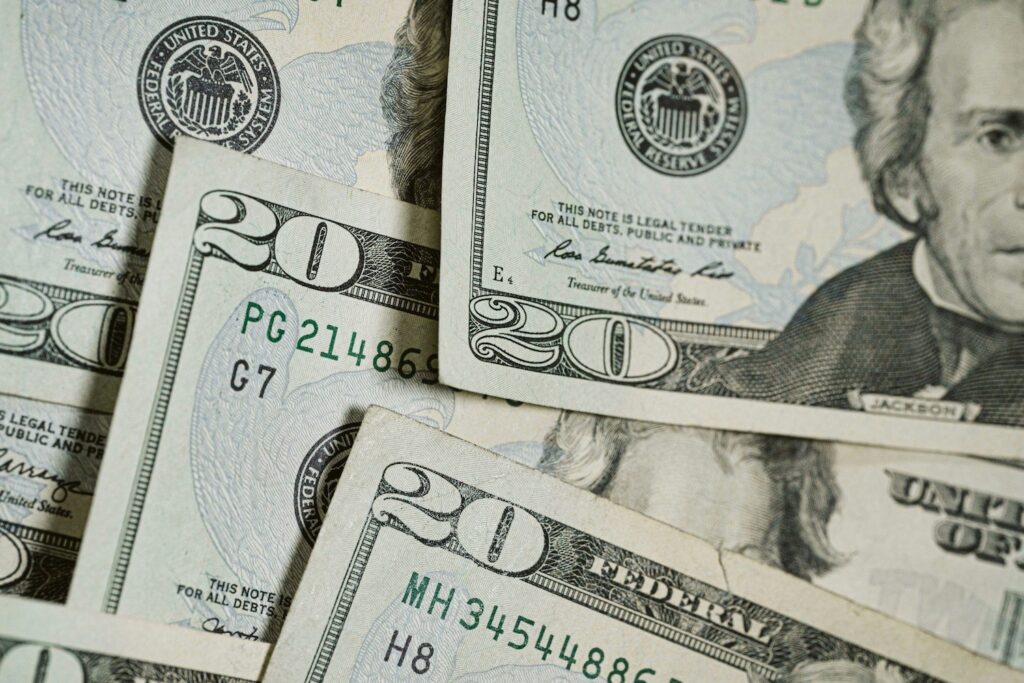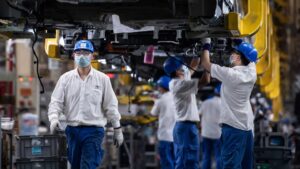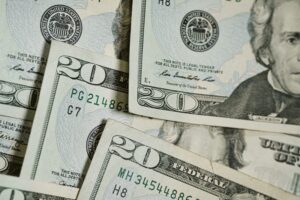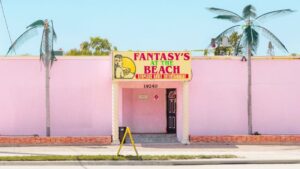To Construct Simply and Sustainable Cities, We Want To Reclaim Neighborhood Banking

That is your first of three free tales this month. Grow to be a free or sustaining member to learn limitless articles, webinars and ebooks.
We’ve by no means performed something massive on this nation with out little banks. But the variety of group banks within the U.S. has been steadily declining for many years, giving technique to massive banks which have little connection to the communities they declare to serve. The huge, unprecedented shift towards such a extremely concentrated banking sector has weakened our capability to take motion at a group degree and leaves many individuals, particularly those that have been traditionally marginalized, with out entry to capital.
In Subsequent Metropolis’s senior financial justice correspondent Oscar Perry Abello’s debut e book, “The Banks We Deserve: Reclaiming Neighborhood Banking for a Simply Economic system,’ he argues that group banking has a vital position to play in addressing pressing social challenges, from making a extra racially simply economic system to getting ready for a altering local weather. The e book was launched immediately – order it right here.
Hardly anybody nowadays talks about how banks have the facility to create new cash. Most bankers would say one thing alongside the strains of “We’re within the enterprise of taking deposits and making loans.” That’s technically appropriate, however the exact relationship isn’t apparent.
In 2023, a working paper from the Federal Reserve Financial institution of Philadelphia said: “Personal cash creation by banks allows lending to not be constrained by the provision of money deposits. Through the 2001–2020 interval, 92 % of financial institution deposits had been attributable to funding liquidity creation, and through 2011–2020 funding liquidity creation averaged $10.7 trillion per 12 months, or 57 % of [gross domestic product].”

In different phrases, from 2011 to 2020, banks created $10.7 trillion in deposits yearly out of skinny air. As we speak that energy is taken as a right and is more and more concentrated in a number of world megabanks.
In my introductory macro-economics class, our lesson about fractional reserve banking went one thing like this: Somebody deposits $100 right into a hypothetical financial institution, however the financial institution is just required to “preserve” 10% in reserves whereas lending out the opposite $90 to the subsequent individual. That subsequent individual will get the $90 deposited of their account, and the financial institution now solely must preserve $9 in reserves whereas lending out the $81 to the subsequent individual. The sample repeats till there’s mainly nothing left to lend out.
At the moment, about 70 individuals will find yourself with a cumulative complete of almost $1,000 deposited of their accounts. They’ll owe the financial institution the identical quantity plus curiosity, whereas the financial institution may have round $100 in reserves. If everybody runs to the financial institution to withdraw their deposits directly, they’ll demand the $1,000 in money, and the financial institution fails as a result of it solely has $100 in money reserves — therefore “fractional reserve” banking.
The fractional reserve story isn’t the entire image, but it surely will get throughout the fundamentals of how banks create new cash each time they make a mortgage. After the primary individual deposits their $100 and the financial institution loans out $90 to the subsequent individual, the primary individual’s account steadiness doesn’t drop to $10. That $100 remains to be proper the place they left it of their account, obtainable to spend. If these 70 individuals solely do enterprise with each other, and all the cash stays within the financial institution on the finish of every transaction, they’re simply shifting round $1,000 to and from each other’s accounts. That’s $1,000 floating round this hypothetical economic system that started off with simply $100 deposited in a single account. That become $1,000 in deposits via the financial institution making loans.
Economists name it “checkbook cash.” Most cash out on this planet immediately has by no means existed as forex; reasonably, it has solely ever existed as checkbook cash, created initially by banks each time they make a mortgage.
Learn extra: Why I’m Writing a E book About Taking Again the Banking System
The cash-creation energy of banks was rather more apparent in America’s early days. Though some wealth was floating across the U.S. economic system, there definitely wasn’t sufficient to spend money on the constructing of a brand new nation, and, unsurprisingly, most of that wealth ended up within the palms of those that had been already well-off.
The primary group banks emerged as an answer to the issue, with states chartering native establishments with the facility to print new cash and lend it out to individuals and companies. When a financial institution made a mortgage, it printed its personal banknotes that individuals and companies started utilizing and circulating domestically. Banks and companies in a single city or metropolis would typically acknowledge and settle for notes printed by close by banks, and the banks would settle with one another by exchanging currencies again to their originators.
From 1793 to 1861, about 1,600 personal banks throughout america had been licensed to print and flow into their very own paper forex underneath state-granted financial institution charters. As chaotic as this nationwide patchwork of paper currencies was, it served the general public objective of constructing communities the place individuals may stay, work, collect and play. Granted, it was largely cultivated or constructed utilizing stolen labor on stolen land.
Though banks now not situation their currencies, they nonetheless create new cash in the identical means each time they make a mortgage. At the same time as mutual banks, financial savings and mortgage associations, and minority-owned banks and credit score unions emerged, these options step by step gained the facility to create new checkbook cash when making loans, too.
Again in 1984, localized money-creation energy was deployed throughout 15,767 group banks and greater than 15,000 credit score unions. By 2024, this energy was decreased to only 4,128 group banks and fewer than 4,600 credit score unions.
Cash-creation energy remains to be restricted to only 124 group banks and roughly 500 credit score unions led by and primarily serving communities of coloration. Because of how federal banking companies presently regulate the bank-chartering course of, even white communities immediately have extra problem than ever chartering a brand new group financial institution and thereby gaining new native money-creation energy to satisfy their wants.
In the meantime, the large world megabanks that management increasingly of the banking system use that money-creation energy to fund struggle, prisons, the gun business, fossil fuels, and personal fairness funds which can be ravaging industries from actual property to journalism to healthcare and schooling. The 4 largest U.S. banks are additionally the 4 largest financiers of the fossil gasoline business worldwide: Chase, Citi, Wells Fargo and Financial institution of America.
Reclaiming group banking isn’t nearly opening up entry to credit score and banking to individuals and locations that by no means had the identical degree of entry or now not have it. It’s not nearly investing in environmentally-responsible applied sciences, constructing strategies and supplies. It’s not about redistributing wealth from those that need to these from whom it’s been stolen.
Reclaiming group banking is about redistributing — or in some instances restoring — the key superpower of cash creation to immediately’s communities, so that every group can leverage its relationships to answer the challenges confronting us all.







